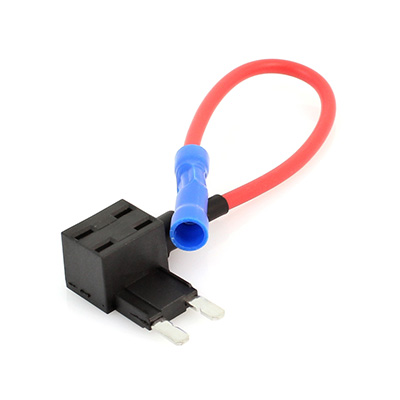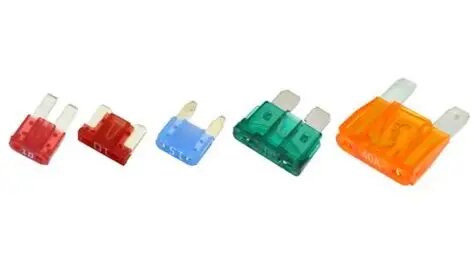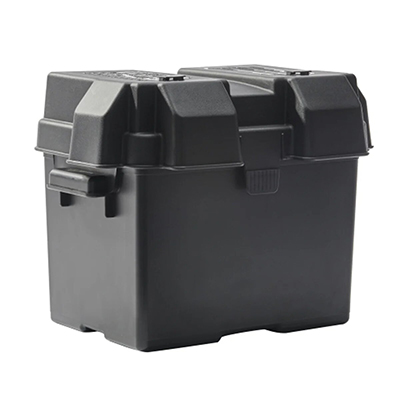In-Depth Analysis of Protective Fuses for Crankshaft Position Sensors in Automotive Engines
News 2025-10-13
The crankshaft position sensor (CKP) is essential for monitoring engine performance in vehicles, providing critical data on crankshaft speed and position to the engine control unit. This information helps optimize fuel injection, ignition timing, and overall efficiency, preventing issues like poor acceleration or increased emissions. Automotive fuses serve as a key protective measure for the CKP sensor, safeguarding against electrical overloads that could cause sensor failure or fire risks. By breaking the circuit during excessive current flow, these fuses ensure the reliability of the sensor and the vehicle’s electrical system, making them indispensable in modern automotive design.

Diverse Applications in Vehicle Systems
In automotive applications, CKP sensor fuses are vital for maintaining system integrity across various scenarios. They protect sensors during high-stress conditions like rapid acceleration or heavy towing, where voltage fluctuations are common. In diagnostic processes, these fuses help isolate faults without affecting other components, aiding mechanics in efficient repairs. Additionally, they are crucial in hybrid and electric vehicles, where precise sensor data supports advanced energy management, ensuring smooth operation and compliance with emission standards.
Superior Performance Features
CKP sensor fuses offer notable advantages in durability and responsiveness. Engineered with precise amperage ratings, they avoid unnecessary interruptions while providing robust defense against shorts. High-quality materials resist heat and vibration in engine environments, extending fuse lifespan and reducing replacement needs. Their fast-acting design minimizes damage during faults, enhancing vehicle safety and reliability, which is particularly beneficial for high-performance or commercial fleets seeking minimized downtime.
Frequently Asked Questions
1. What is the role of a fuse in a CKP sensor circuit?
It protects the sensor from excessive current that could cause damage or failure, ensuring the engine’s control systems function correctly.
2. How can I identify a blown CKP sensor fuse?
Look for a visibly broken filament or use a multimeter to check for continuity; a blown fuse often shows no electrical flow.
3. Are all automotive fuses suitable for CKP sensors?
No, only fuses with the correct amperage and specifications should be used to avoid risks like overheating or sensor malfunction.


